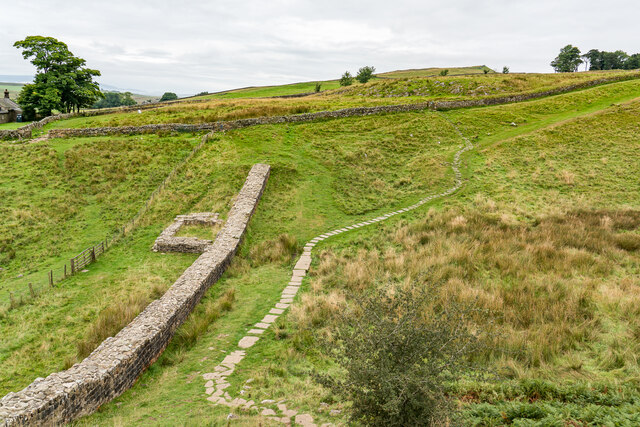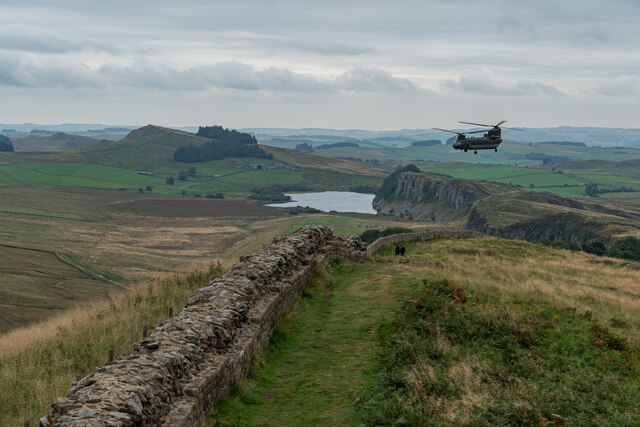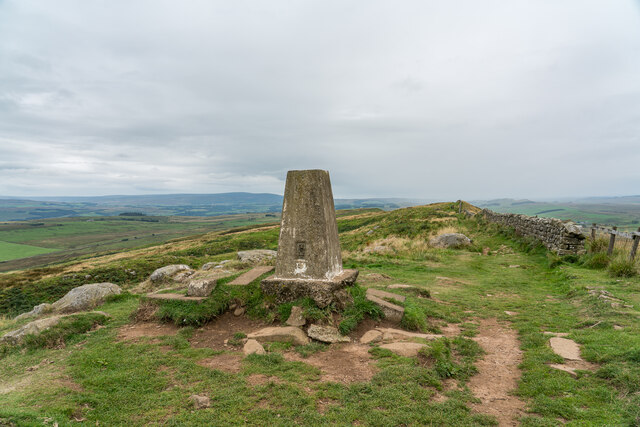Melkridge Common
Downs, Moorland in Northumberland
England
Melkridge Common
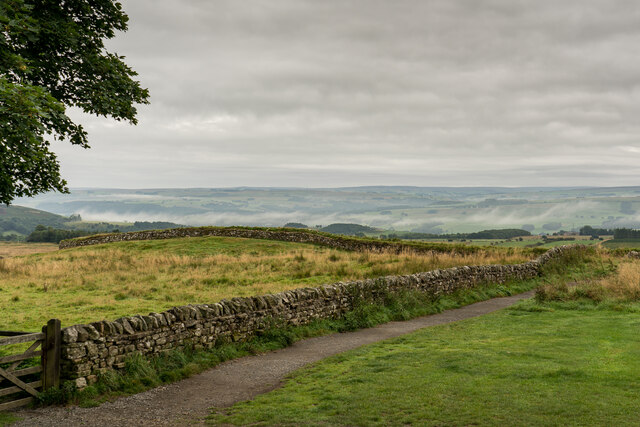
Melkridge Common is a picturesque area located in Northumberland, England. Situated amidst the stunning landscape of the North Pennines, it is a well-known destination for nature enthusiasts and hikers. The common stretches over an extensive area, incorporating downs and moorland, offering a diverse range of natural beauty.
The downs of Melkridge Common are characterized by rolling hills and expansive grasslands. These open spaces are home to a variety of flora and fauna, including heather, wildflowers, and numerous bird species. The downs provide a perfect backdrop for leisurely walks or picnics, with breathtaking views of the surrounding countryside.
In contrast, the moorland section of Melkridge Common showcases a rugged and untamed landscape, with undulating terrain and heath-covered expanses. The moors are dotted with scattered boulders and crisscrossed by narrow footpaths, making it an ideal location for adventurous hikers and nature explorers.
Melkridge Common is also known for its rich cultural heritage. Remnants of ancient settlements, such as Bronze Age cairns and Iron Age hillforts, can be found throughout the area. These archaeological sites serve as a testament to the long history of human habitation in the region.
Overall, Melkridge Common offers a captivating blend of natural beauty and cultural significance. Its downs and moorland provide a haven for outdoor enthusiasts seeking tranquility and adventure, while also offering a glimpse into the area's fascinating past.
If you have any feedback on the listing, please let us know in the comments section below.
Melkridge Common Images
Images are sourced within 2km of 55.001461/-2.4176479 or Grid Reference NY7367. Thanks to Geograph Open Source API. All images are credited.




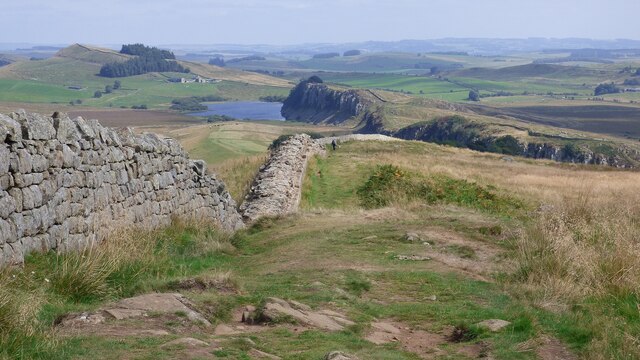
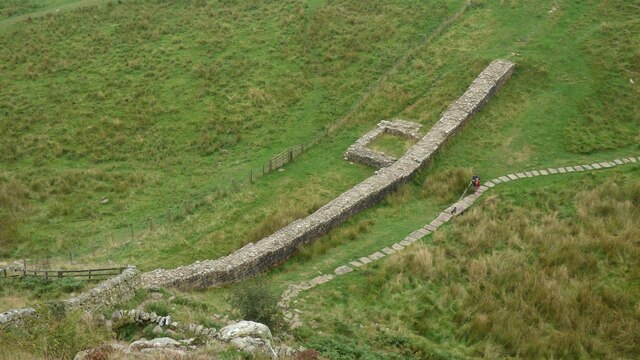
Melkridge Common is located at Grid Ref: NY7367 (Lat: 55.001461, Lng: -2.4176479)
Unitary Authority: Northumberland
Police Authority: Northumbria
What 3 Words
///scornful.capacity.chainsaw. Near Haltwhistle, Northumberland
Nearby Locations
Related Wikis
Milecastle 41
Milecastle 41 (Melkridge) was a milecastle on Hadrian's Wall (grid reference NY73026705). == Description == Milecastle 41 is located to the east of Caw...
Milecastle 40
Milecastle 40 (Winshields) was a milecastle on Hadrian's Wall (grid reference NY74566758). == Description == Milecastle 40 is located northwest of Twice...
Milecastle 42
Milecastle 42 (Cawfields) is a milecastle on Hadrian's Wall (grid reference NY7157466692). == Description == Milecastle 42 is on a steep south-facing slope...
Once Brewed
Once Brewed (also known as Twice Brewed or Once Brewed/Twice Brewed) is a village in Northumberland, England. It lies on the Military Road (Northumberland...
Nearby Amenities
Located within 500m of 55.001461,-2.4176479Have you been to Melkridge Common?
Leave your review of Melkridge Common below (or comments, questions and feedback).
